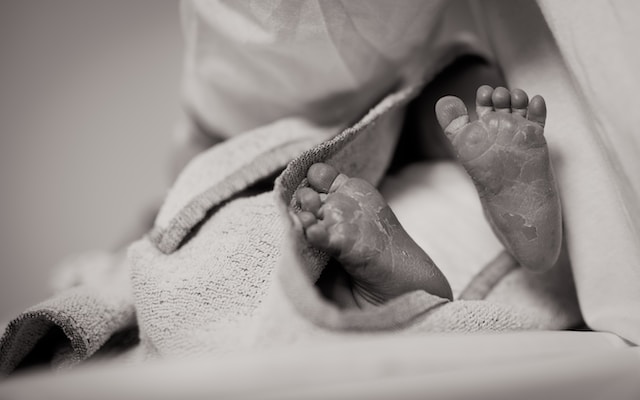Bunions, those painful bony protrusions at the base of the big toe, can be a source of discomfort and frustration for many individuals. While factors such as genetics and foot structure contribute to their development, there is growing evidence that shoe fit plays a significant role. In this article, we delve into the connection between
Bunions, those painful bony protrusions at the base of the big toe, can be a source of discomfort and frustration for many individuals. While factors such as genetics and foot structure contribute to their development, there is growing evidence that shoe fit plays a significant role. In this article, we delve into the connection between shoe fit and bunion formation, uncovering what you need to know to protect your feet.
Bunions, medically known as hallux valgus, develop when the big toe joint becomes misaligned, causing the bone to protrude. Although bunions have a genetic component, external factors such as footwear can exacerbate their formation and progression. The fit of the shoes we wear has a direct impact on the alignment and pressure distribution of our feet, which can influence the development of bunions.
Dr. Emily Mitchell, a leading podiatrist, explains, “Wearing shoes that are too tight, narrow, or constrictive can place excessive pressure on the toes, leading to an increased risk of bunion formation.” When the toes are consistently squeezed together, the alignment of the big toe joint can be compromised, resulting in the gradual development of a bunion.
To understand the connection between shoe fit and bunions, researchers have conducted studies to investigate the impact of footwear on foot health. One study published in the Journal of Foot and Ankle Research examined a large sample of individuals with bunions. The findings indicated a clear association between wearing narrow or ill-fitting shoes and an increased risk of bunions. The study emphasized the importance of choosing footwear that allows the toes to move freely and maintain their natural alignment.
When it comes to preventing bunions, proper shoe fit is paramount. Here are some key factors to consider:
- Toe Box: Opt for shoes with a wide and spacious toe box that allows the toes to spread naturally. This helps reduce pressure on the forefoot and minimizes the risk of toe misalignment.
- Length and Width: Ensure that shoes provide enough length and width to accommodate the shape of your feet comfortably. Your toes should not be cramped or forced into unnatural positions.
- Arch Support: Look for shoes that offer adequate arch support. This helps distribute weight evenly across the foot, reducing stress on the big toe joint.
- Material and Flexibility: Choose shoes made from soft, breathable materials that offer flexibility. This allows for natural foot movement and prevents constriction.
- Regular Measurements: It is important to have your feet measured regularly, as foot size can change over time. Wearing shoes that fit properly and suit your current foot shape can help maintain foot health.
By prioritizing shoe fit and selecting footwear that promotes proper foot alignment and comfort, individuals can reduce the risk of bunion formation and alleviate associated pain and discomfort.
However, it is essential to note that shoe fit alone may not be the sole solution. Genetic factors and foot structure also play significant roles in bunion development. Therefore, it is advisable to consult with a podiatrist if you have concerns about bunions or foot health in general. A podiatrist can provide personalized advice based on your unique foot anatomy and offer treatment options tailored to your needs.
In conclusion, the connection between shoe fit and bunion formation should not be overlooked. Wearing shoes that are too tight or narrow can contribute to the development and progression of bunions. By prioritizing proper shoe fit, individuals can protect their feet and potentially reduce the risk of bunions. Remember to choose footwear with a spacious toe box, adequate arch support, and materials that promote flexibility. By doing so, you can stride towards healthier and happier feet.

















Leave a Comment
Your email address will not be published. Required fields are marked with *